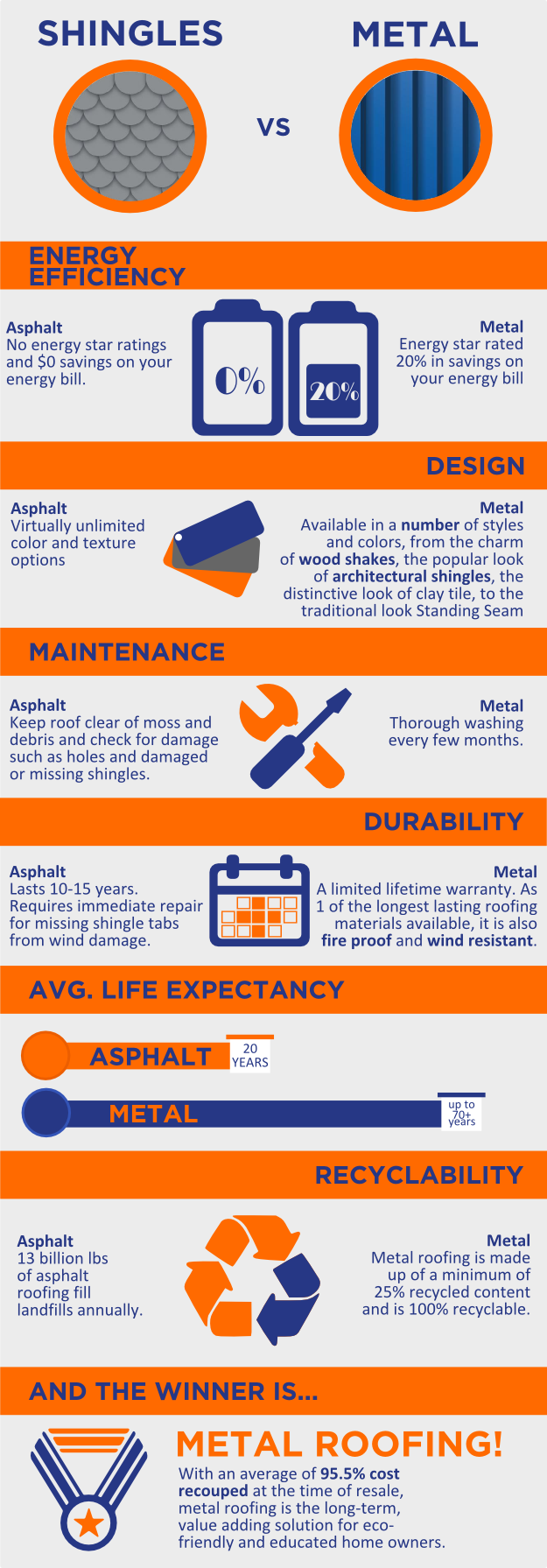Understanding The Impact Of Climate Conditions On Photovoltaic Panel Efficiency: Secret Facts To Take Into Consideration
Understanding The Impact Of Climate Conditions On Photovoltaic Panel Efficiency: Secret Facts To Take Into Consideration
Blog Article
Produced By-Underwood Friis
When it comes to photovoltaic panel effectiveness, understanding how weather enter into play is essential. Image this: your photovoltaic panels indulging in the sunlight's glow, taking in energy to power your home. However what takes place when clouds roll in or temperatures rise and fall? How does that effect your power production? By delving right into the intricate dance in between climate and solar panels, you'll discover crucial insights that can aid you make the most of your renewable resource configuration. Explore the nuances of sunlight intensity, temperature level impacts, and the role of cloud cover and rainfall in maximizing your photovoltaic panel efficiency.
Effect of Sunlight Intensity
Often, the intensity of sunshine can considerably influence the efficiency of photovoltaic panels. When the sunshine is strong and straight, your solar panels produce more electricity. Nevertheless, throughout cloudy days or when the sunlight goes to a reduced angle, the panels receive much less sunlight, minimizing their effectiveness. To take full advantage of the power result of your solar panels, it's important to mount them in locations with enough sunshine direct exposure throughout the day. Consider variables like shading from neighboring trees or buildings that might obstruct sunlight and decrease the panels' performance.
To optimize the performance of your solar panels, consistently clean them to remove any dirt, dirt, or debris that may be blocking sunshine absorption. In addition, guarantee that your panels are tilted properly to receive one of the most direct sunlight possible.
Influence of Temperature Adjustments
When temperature level changes take place, they can have a substantial effect on the effectiveness of solar panels. Solar panels function best in cooler temperatures, making them a lot more reliable on moderate days compared to incredibly hot ones. As the temperature level increases, solar panels can experience a reduction in effectiveness as a result of a phenomenon referred to as the temperature level coefficient. This effect causes a reduction in voltage outcome, ultimately influencing the general power production of the panels.
Conversely, when temperature levels drop too low, solar panels can additionally be impacted. Incredibly chilly temperatures can result in a decrease in conductivity within the panels, making them less effective in creating electricity. https://solar-panel-output10987.dailyhitblog.com/35688110/success-stories-a-household-s-trip-to-lower-power-prices-via-solar-energy is why it's essential to consider the temperature level conditions when mounting solar panels to maximize their performance.
Role of Cloud Cover and Rain
Cloud cover and rains can dramatically influence the effectiveness of solar panels. When clouds obstruct the sunlight, the amount of sunlight reaching your photovoltaic panels is minimized, causing a decline in power manufacturing. related website can also influence solar panel effectiveness by obstructing sunshine and producing a layer of dust or crud on the panels, even more decreasing their capability to generate power. Even light rainfall can spread sunshine, triggering it to be less focused on the panels.
During overcast days with hefty cloud cover, photovoltaic panels may experience a significant drop in energy result. Nevertheless, it deserves keeping in mind that some modern solar panel modern technologies can still create electricity even when the sky is cloudy. Furthermore, rainfall can have a cleaning impact on photovoltaic panels, washing away dust and dirt that may have built up over time.
To maximize the effectiveness of your solar panels, it's essential to think about the effect of cloud cover and rainfall on power manufacturing and guarantee that your panels are properly kept to withstand differing weather.
Conclusion
Finally, climate plays a significant role in the performance of your photovoltaic panels. Taking full advantage of sunshine direct exposure, handling temperature modifications, and monitoring cloud cover and rainfall are vital variables to take into consideration for optimal energy generation. Routine maintenance, such as cleaning up panels, is crucial for preserving peak performance. By comprehending how weather affects your photovoltaic panel performance, you can make enlightened decisions to take full advantage of energy outcome and financial savings.
